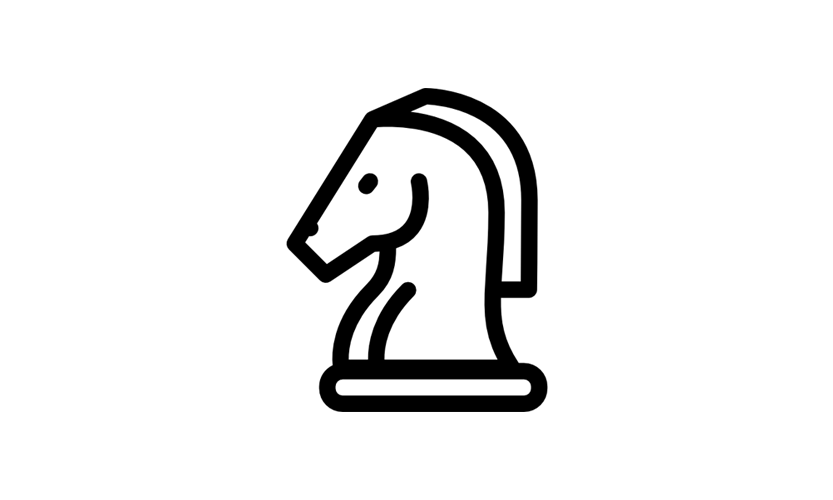
Dice Chess
Added By:
 Nathan
Nathan
 Upload New Main Image
Upload New Main Image
Dice chess can refer to a number of chess variants in which dice are used to alter gameplay; specifically that the moves available to each player are determined by rolling a pair of ordinary six-sided dice. There are many different variations of this form of dice chess. One of them is described here.
The players alternate rolling the dice and, if possible, moving. On each of the dice, the one represents a pawn, two a knight, three a bishop, four a rook, five a queen, and six a king. The player may move either of the pieces indicated on the two dice. For example, a player rolling a one and a two may move either a pawn or a knight. A player who rolls doubles (the same number on both dice) may play any legal move. Otherwise, standard chess rules apply, with these exceptions: a player who has no legal mo
Add videos of this activity
Videos help others preview the activity. Upload videos to help inspire others
 Upload video
Upload video

Add images of this activity
Images help others preview the activity. images videos to help inspire others
 Upload image
Upload image
Dice Chess added by:
Nathan
This is Nathans about.
Last Edited by:
Edit Activity
Help improve this activity by making an edit, adding details or images and videos
Do we Love Formidable Forms?
NO
Formidable Checkbox Raw value
Create New Activity
Become an ExploreLife.Today contributor! Help inspire people from around the world discover an activity to do.
Become A Contributor- Dice
- Games
- Moods:
- Do Something
- Hyper
- Moods
- Release The Hyper
- Restless
- Sick

Dice Chess
Added By:
 Nathan
Nathan
 Upload New Main Image
Upload New Main Image
Dice chess can refer to a number of chess variants in which dice are used to alter gameplay; specifically that the moves available to each player are determined by rolling a pair of ordinary six-sided dice. There are many different variations of this form of dice chess. One of them is described here.
The players alternate rolling the dice and, if possible, moving. On each of the dice, the one represents a pawn, two a knight, three a bishop, four a rook, five a queen, and six a king. The player may move either of the pieces indicated on the two dice. For example, a player rolling a one and a two may move either a pawn or a knight. A player who rolls doubles (the same number on both dice) may play any legal move. Otherwise, standard chess rules apply, with these exceptions: a player who has no legal mo
Add videos of this activity
Videos help others preview the activity. Upload videos to help inspire others
 Upload video
Upload video

Add images of this activity
Images help others preview the activity. images videos to help inspire others
 Upload image
Upload image
- Dice
- Games
- Moods:
- Do Something
- Hyper
- Moods
- Release The Hyper
- Restless
- Sick
Dice Chess added by:
Nathan
This is Nathans about.
Last Edited by:
Edit Activity
Help improve this activity by making an edit, adding details or images and videos
Do we Love Formidable Forms?
NO
Formidable Checkbox Raw value
Create New Activity
Become an ExploreLife.Today contributor! Help inspire people from around the world discover an activity to do.
Become A ContributorAdditional Details:
Price
0.00
Time of the day
24 Hours
Duration
15 to 60 hours
Date Start
Date End
Season
Hours
- MON: 12:01 AM - 11:59 PM
- TUE: -
- WED: -
- THU: -
- FRI: -
- SAT: -
- SUN: -
Children
NO
Family
YES
Adults
YES
Indoor
YES
Outdoor
NO
At Home
YES
Add Resources
Add the resources & materials that people will need for this activity
 Add a Resource
Add a Resource
Add Optional Resources
Add resources & materials that are not required but can help improve the enjoyment of this activity
Sources and Attribution
Add sources for information relating to this activity
 Add a Source
Add a Source
